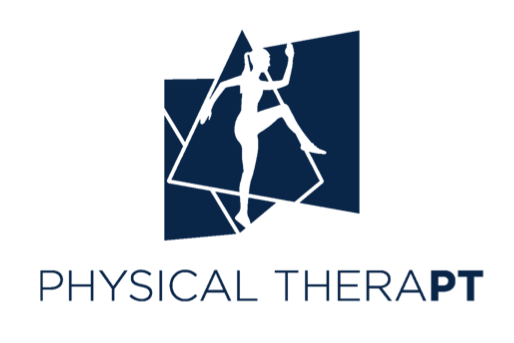If the symptoms from the last post sound familiar, it’s important to seek care to prevent the condition from advancing. The good news is FHL tendinopathy does not require imaging for diagnosis. You can see a PT or AT directly- they’ll evaluate and diagnose your condition, and will refer you to a physician as needed.
After assessing your leg, your clinician will be able to ascertain contributing factors that led to the injury and how to address them with an individualized exercise program including neuromuscular re-education and functional training. Neuromuscular re-education helps reprogram the way you move- focusing on specific muscle activation and timing. This strategy takes the whole kinetic chain into consideration, looking for inefficient habits that may seem unrelated to your injury.
For example, many athletes diagnosed with FHL tendinopathy present with excessive pronation- or arch collapsing- a faulty pattern that can contribute to overloading the FHL in running. Strengthening the hip, pelvis and core muscles, combined with improved running mechanics can reduce this problem for the long term!
If you are able to see a clinician in-person, manual therapy may be beneficial to reduce inflammation, muscular tension, and any joint stiffness.
Until your appointment, follow these recommendations at home:
Rest from the aggravating activity - running, dancing, etc.
For pain management, try over the counter NSAIDs (ie Advil, Aleve)
Use contrast therapy to reduce inflammation:
Submerge foot for 10-15’ total following the pattern below:
2-3’ in ice water
2-3’ warm water
2-3’ ice water
2-3’ warm water
2-3’ ice water
Self-massage the outer calf by rolling with a tennis ball or something similar on the floor
Perform a seated calf stretch with a towel at the toes, being sure to pull the big toe back with the foot


